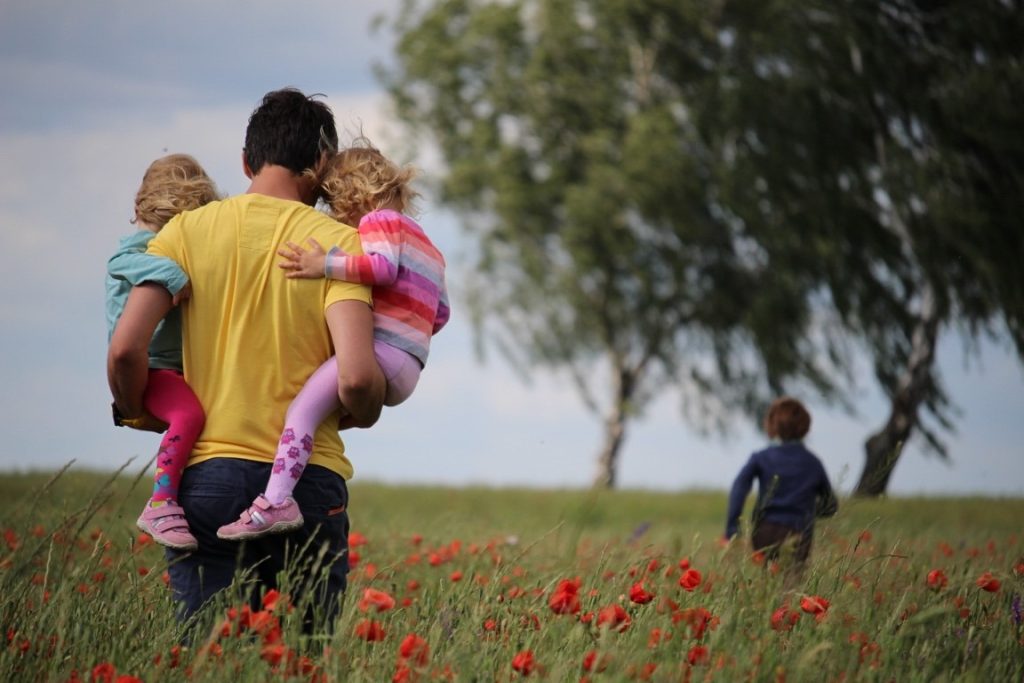Across the world, there are many types of wedding ceremonies. Some of them are well-known, such as elopements, religious weddings, and destination weddings. However, other types of marriages are not as prominent; some are highly specific to a culture, such as walking marriages.
Walking marriages are characterized by a couple who does not live together, regardless of whether they have a child. This arrangement has five pros and three cons that you need to know:
Pros
- Conflict and tension between spouses are minimal, if non-existent.
- There is less pressure on the parents to raise the child well.
- There is no need to worry about the legalities of marriage.
- There is no preference for a child of one sex over the other.
- It acknowledges that monogamy and lifelong commitments are not for everyone.
Cons
- The biological father is not always involved in raising his child.
- Living in a large household can get problematic.
- The lack of a marriage contract can hinder some opportunities.
Walking marriages are discussed in more detail below, including their societal and cultural context. The walking marriage pros and cons are also expounded, followed by a clarification of some of the misconceptions surrounding walking marriages.
What is a Walking Marriage?

Walking marriages are a common practice among the Mosuo people. In a walking marriage, the couple does not live together, even after the woman bears a child. The man will only visit the house of their ‘partner’ at night when everyone else is sleeping. Once morning comes, they must return to their home. Thus, the term “walking marriage” emerged — a husband walks back and forth between his home and his wife’s home.
The Mosuo people are an ethnic group that resides in the Sichuan and Yunnan Provinces in China. They have a population of around 40,000 to 50,000, and the majority of them practice Buddhism. They are often described as one of the last matrilineal societies in the world.
It is part of Mosuo tradition to live with one’s family their entire life. Thus, a typical Mosuo household will have three to four generations. Because they are a matriarchal society, the grandmother — or the eldest woman in the family — holds most of the power. She oversees everything that occurs in the home, and nothing can happen without her permission.
As a result, the care of a child is done communally. The mother, grandmother, siblings, maternal uncles and aunts all raise the new generation together.
Pros of a Walking Marriage

1. Conflict and tension between spouses are minimal, if non-existent.
Because husbands and wives do not live together, there are few to no opportunities for conflict and tensions to emerge. As childcare falls under the responsibility of the wife’s side of the family, disagreements and uncooperativeness are seldom a problem.
The distance between spouses for most of the day is, by itself, an effective mitigator of conflict. If they end up fighting, the space can help them process their emotions. Similarly, because they are with their family, they can easily seek guidance from their relatives.
2. There is less pressure on the parents to raise the child well.
In many societies, a household consists of parents and their children. Although their extended family is still involved in childcare, most of the burden falls on the parents. This can result in high amounts of stress, fatigue, and burnout.
If childcare is performed communally, parents will experience less psychological strain. They do not have to shoulder all the responsibility and make all the difficult decisions. Just knowing that they are not alone will help them tremendously.
3. There is no need to worry about the legalities of marriage.
As much as marriages are about love, there are also a lot of technicalities that come with the union. For instance, you will become co-owners of certain properties, such as your house. If you file for a divorce, this is a logistical nightmare; you need to worry about the division of assets, custody of your children, and so on.
In a walking marriage, there is no marriage contract. There is no pressure to stay together at all. Moreover, there is a cultural agreement that property is never shared, and that the child will always stay with the mother’s family.
4. There is no preference for a child of one sex over the other.
Unfortunately, many cultures still view women as inferior to men. In the rest of China, most families prefer a son over a daughter due to their one-child policy in the past decades. A son would inherit the property, earn more, and carry the family name. Parents also view sons as more capable of caring for them once they reach old age.
No such preferences exist among the Mosuo people. As mentioned above, properties and children will stay on the mother’s side of the family. Households are multi-generational, so grandmothers do not have to worry about having anyone to care for them.
Instead, Mosuo people may worry about having gender balance, or an equal proportion of men to women, in their households. On the occasion that there is an imbalance, Mosuo households can adopt children or even swap children with another family.
5. It acknowledges that monogamy and lifelong commitments are not for everyone.
Some people dream of getting married and staying with one person for the rest of their life. Others simply cannot see themselves settling with one partner. Although society makes us believe so, there is no superior structure of relationships.
A walking marriage does not impose monogamy or lifelong commitments. It acknowledges that love can be a fleeting emotion. Participants of a walking marriage can end a relationship as easily as they can start it, and there is no social stigma attached to doing so.
Cons of a Walking Marriage
1. The biological father is not always involved in raising his child.

As mentioned above, when a woman bears a child, the responsibility of childcare falls on her side of the family. Her entire family communally raises the child until they are of age and can partake in walking marriages. A man is expected to care for maternal nieces and nephews, but he can choose his degree of involvement with his own child.
If a man intends to participate in caring for his child, he must bring a gift to the woman’s family. Moreover, he must formally state his intentions. When accepted, he can walk back and forth from his home to his wife’s at night. He can spend time with his wife and children during these visits.
The downside to this arrangement is that father-child bonds cannot be solidified. Children spend most of the day separated from their fathers. As a result, it is difficult for them to be close and develop a healthy relationship.
2. Living in a large household can get problematic.

A typical Mosuo household can consist of up to four generations of one family. With that said, it is possible for over 10 people to live in the same house. While this is beneficial for childcare, safety, and other social benefits, it also has some disadvantages.
For one, sustaining a large family can get costly. Mosuo households are usually self-sufficient; they have plots of land they can till, lakes they can fish in, and so on. Making sure that everyone is well-fed can get challenging.
Moreover, privacy can be a luxury. Once girls reach a certain age, they are given private bedrooms. However, most of their day is still spent in communal areas. Even practicing walking marriages can become a challenge, as everyone in the house might hear you and your partner interacting.
3. The lack of a marriage contract can hinder some opportunities.
As much as marriage contracts can complicate things, they can also make certain processes smoother. Some institutions might require a marriage certificate before they provide specific services. This includes opening bank accounts, their children attending school, and so on. As a result, registering the union is starting to become a common practice within walking marriages.
Misconceptions About Walking Marriages
People Who Participate in Walking Marriages Are Promiscuous
It is a common stereotype, especially in other parts of China, that the Mosuo people are promiscuous because of their family structure. They falsely believe that every Mosuo individual takes on multiple partners at once. This false belief leads to a slippery slope of other misconceptions: children do not know their biological fathers, people are prone to sexually transmitted diseases, and so on.
To reiterate, a walking marriage does not impose monogamy on participants. Some people in walking marriages do take on multiple partners. However, most of its practitioners are actually “serial monogamists.” They engage in a series of monogamous, sometimes long-term, relationships.
Men Do Not Have Any Work
Because they are not always active in childcare for their biological children, men in walking marriages are often portrayed as lazy. However, that is categorically not true. Men contribute to the childcare of their siblings’ children. Men work in construction, farming, and fishing. They also find employment in the rapidly growing tourism industry.
Final Thoughts
As with any wedding tradition, views on marriage are significantly influenced by history, culture, politics, and societal norms. The practice of walking marriages among the Mosuo people showcases the diverse tapestry of marital arrangements that exist around the globe, each with its unique set of advantages and challenges.
The discussion of walking marriages sheds light on the flexibility and adaptability of human relationships. It underscores the essence of finding what works best for each couple, be it a conventional marriage or a less orthodox arrangement like the walking marriage. If the idea of a walking marriage resonates with you and your partner, it certainly warrants a deeper conversation to explore its potential fit in your lives.